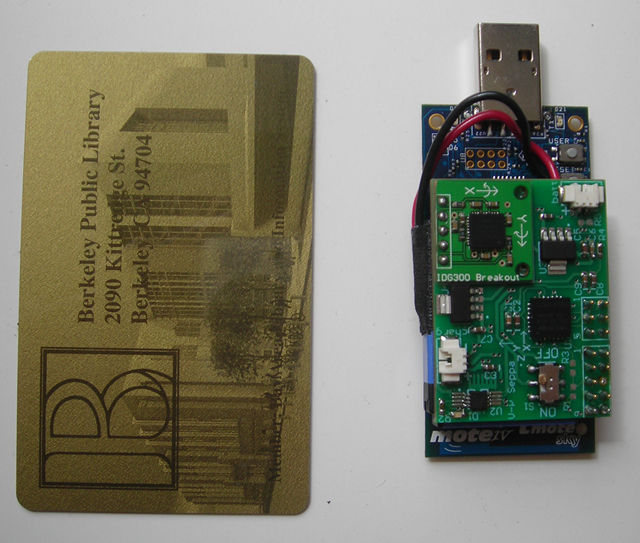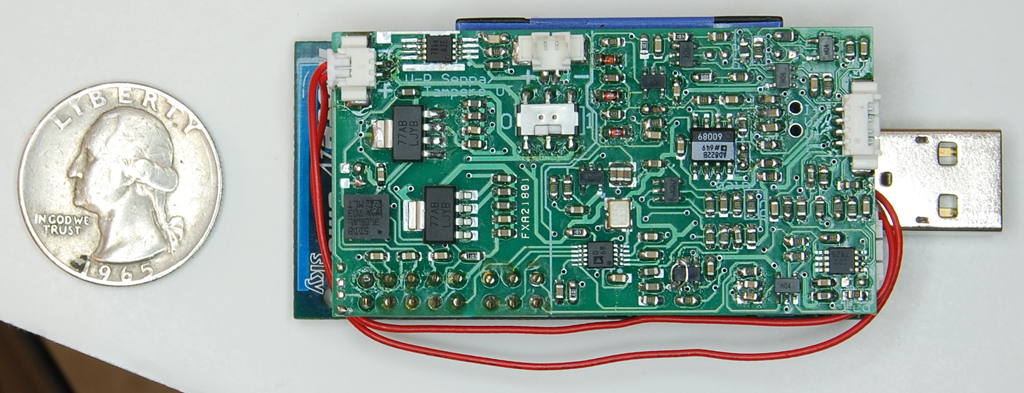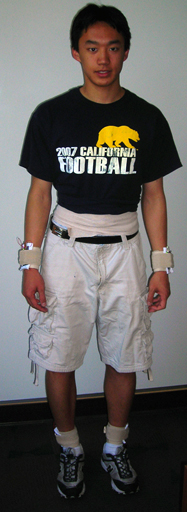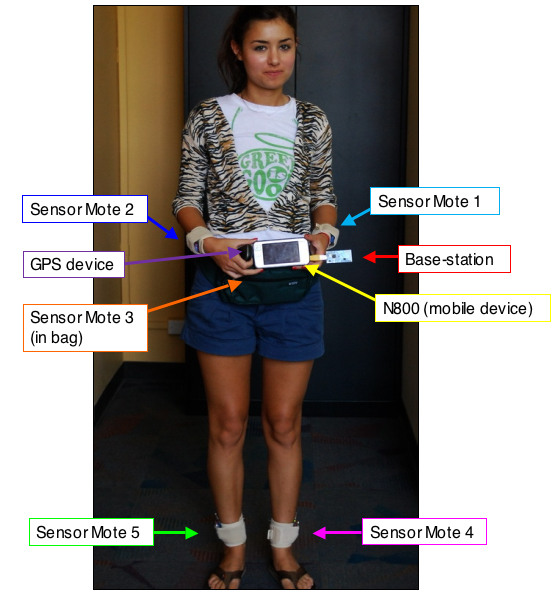|
- Allen Yang,
Roozbeh
Jarafi, Philip Kuryloski, Sameer Iyengar, Shankar Sastry, and Ruzena
Bajcsy, Distributed segmentation and
classification of human actions using a wearable motion sensor network,
Workshop on Human Communicative Behavior Analysis, CVPR 2008. [PDF]
- Allen Yang,
Roozbeh Jarafi, Shankar Sastry, and Ruzena
Bajcsy, Distributed Recognition of
Human Actions Using Wearable Motion Sensor Networks, JAISE,
2009. [PDF]
- Philip
Kuryloski, Annarita Giani, Roberta Giannantonio, Katherine Gilani,
Ville-Pekka Seppa, Edmund Seto, Raffaele Gravina, Victor Shia, Curtis
Wang, Posu Yan, Allen Yang, Jari Hyttinen, Shankar
Sastry, Stephen Wicker, and Ruzena Bajcsy, DexterNet: An open platform for
heterogeneous body sensor networks and its applications, Body
Sensor Networks Workshop, 2009. [PDF]
- Allen Yang, Philip Kuryloski, Ruzena
Bajcsy, WARD: A Wearable Action
Recognition Database, CHI Workshop, 2009. [PDF]
- Eric
Guenterberg, Allen Yang,
Roozbeh Jafari, Ruzena Bajcsy, and Shankar Sastry. A Lightweight and Real-Time Fine-Grained
Signal Annotation Technique Based on Markov Models in Body Sensor
Networks. IEEE Transactions on Information Technology in
BioMedicine, 2009. [PDF]
- Edmund
Seto, Annarita Giani, Victor Shia, Curtis Wang, Posu Yan, Allen Yang, Michael Jerret, Ruzena
Bajcsy. A Wireless Body Sensor
Network for the Prevention and
Management of Asthma. IEEE Symposium on Industrial Embedded
Systems
(SIES), 2009. [PDF]
- Allen Yang, Michael Gastpar, Ruzena
Bajcsy, and Shankar Sastry. Distributed
Sensor Perception via Sparse Representation. The Proceedings of
the IEEE, 2010. [PDF]
- Edmund
Seto, Eladio Martin, Allen Yang,
Posu Yan, Raffaele Gravina, Irving Lin, Curtis Wang, Michael Roy,
Victor Shia, and Ruzena Bajcsy. Opportunistic
Strategies for Lightweight Signal Processing for Body Sensor Networks.
PETRAE, 2010. [PDF]
|





